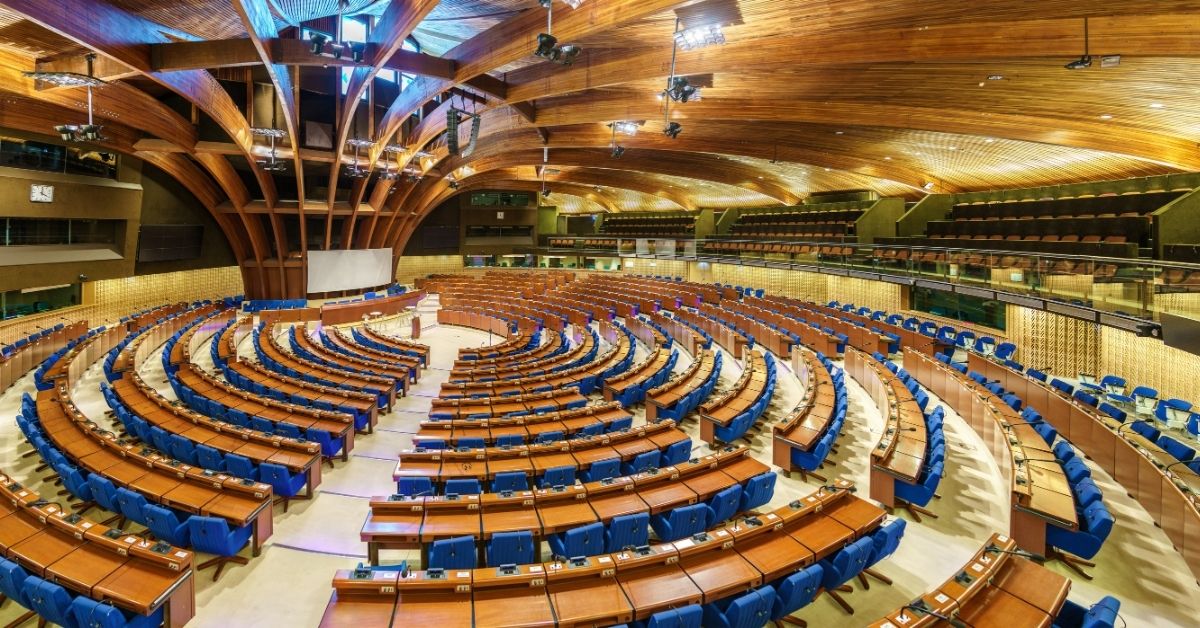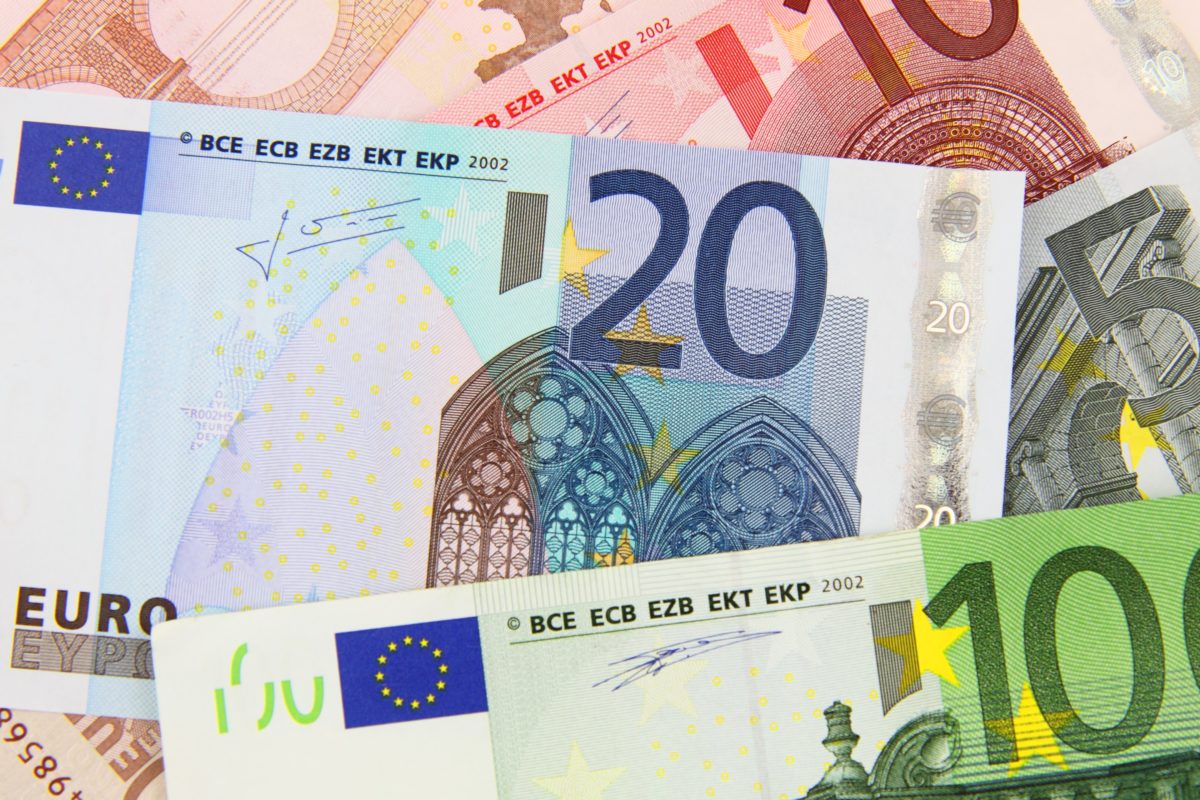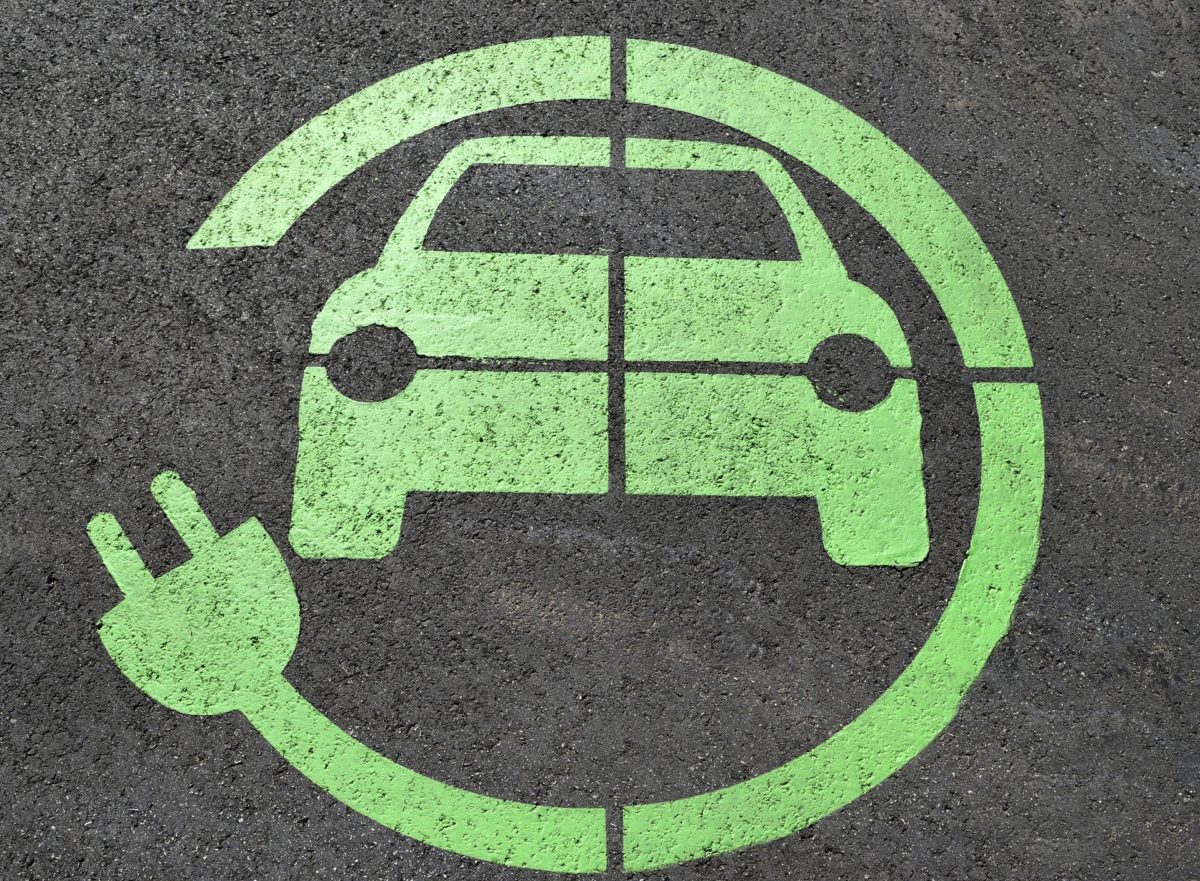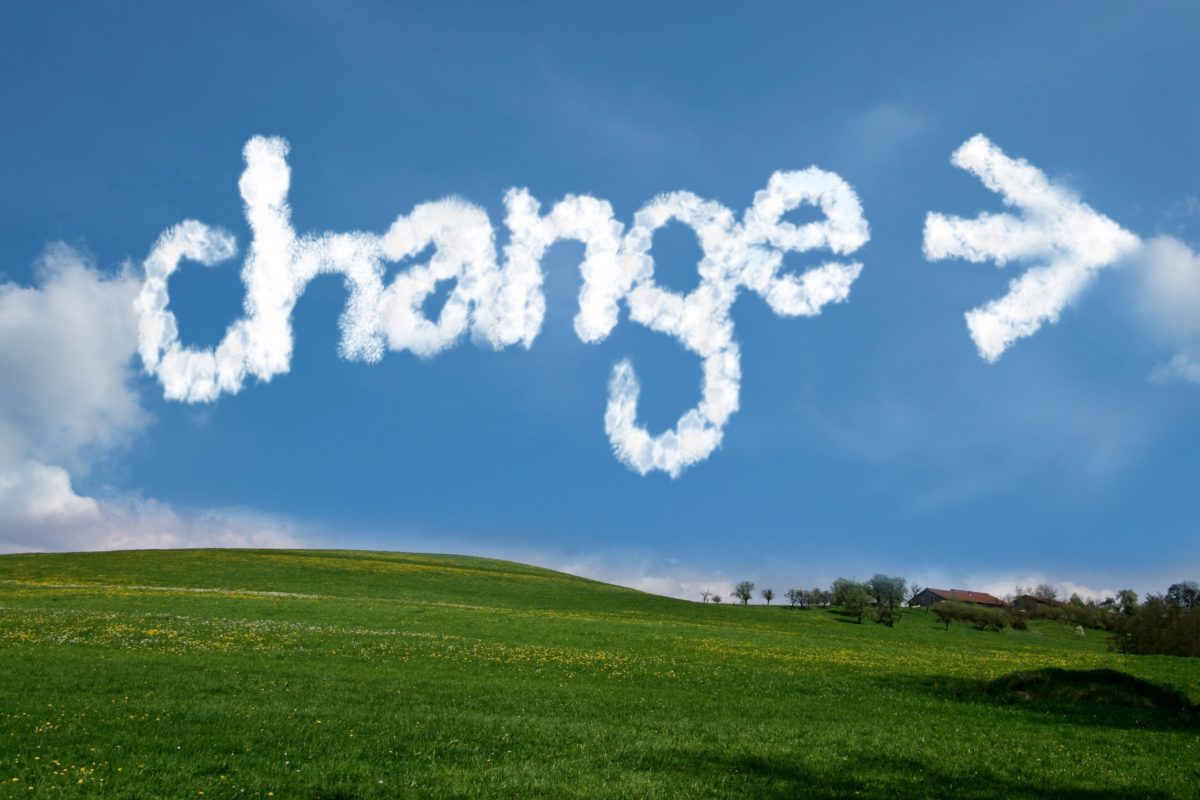A new social media craze, the so-called #10yearchallenge, has taken the Internet by storm, with millions of people posting photos of themselves from 10 years ago to show the world how much they have changed.
The trend initially aimed to foster positivity about ageing and physical appearance. And while showing how much we have “glowed up” over the years is clearly fun, there are more fruitful ways to use the viral hashtag: politicians, EU institutions and charities quickly recognised that the #10yearchallenge is a great opportunity to raise awareness of global issues and convey meaningful messages to the public.
So, here it is, the real #10yearchallenge – straight from Brussels!
What happened in Brussels?
The next European elections will take place in May 2019. Ten years ago, the European Parliament was also preparing for the same elections. A lot has changed since then: over the past 10 years, they have been working on their social presence by growing a supportive and engaging community of more than 2.5 million people on their Facebook page.
Therefore, the institution decided to use the popular challenge to promote their #thistimeimvoting information campaign to raise awareness of the importance of voting.
The European Commission, on the other hand, used the hashtag to look back at important achievements over the past decade. Amongst other things, they highlighted the fact that roaming charges for all EU travellers ended in 2017.
Climate change in focus
A large number of celebrities, charities and institutions stepped up to the challenge to show how much the Earth has changed over the past 10 years.
“Do you know what the real 10-year-challenge is? It is climate change” – tweeted SDG Academy, a UN initiative. They also added that we have just over 10 years to act on the climate before we cause irreparable damage to our planet, encouraging Twitter users to take their free course on #ClimateAction.
The striking images of dying forests, starving animals and shrinking glaciers speak for themselves. Greenpeace used the publicity surrounding the challenge to promote clean energy over fossil fuels, while WWF raised awareness of the fact that the plastic we throw away now will remain almost exactly the same for the next 10 years.
The #10yearchallenge for humanity
There is no doubt that we have come a long way in the past few years. Despite tragic events and the political turmoil of the past decade, it seems that the world is slowly getting better and better.
In fact, the #10yearchallenge post of the Swedish author of several books about economics and globalisation, Johan Norberg, shows that extreme poverty, child mortality and youth literacy dropped significantly, while life expectancy has increased since 2008.
But as we all know, the fight for humanity should never cease. And as Amnesty International’s powerful #10yearchallenge message about the decriminalisation of abortion demonstrates, there is still a long way to go.
We are delighted to see that so many people and organisations found a creative way to convey important messages by using the #10yearchallenge hashtag. Don’t forget, looking back at important achievements is just as important as tackling global challenges – that is why the #10yearchallenge is so popular.
Written by Dóra Rapcsák





